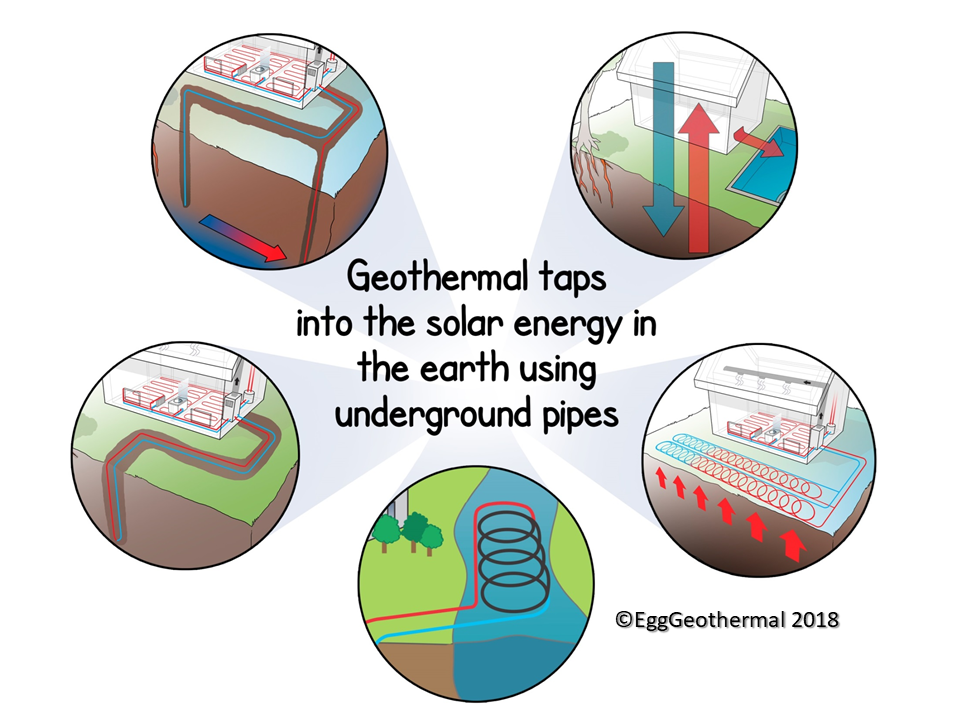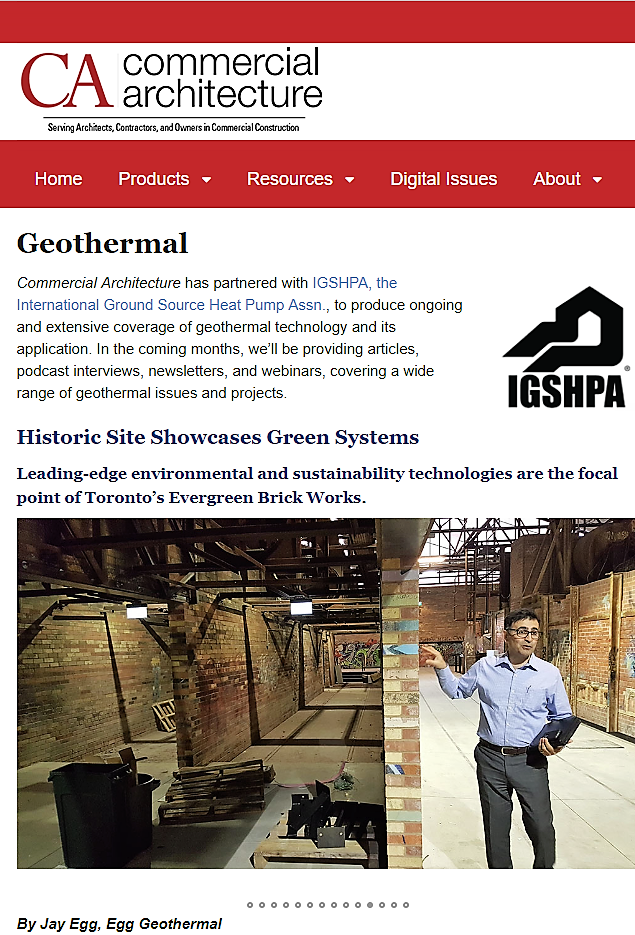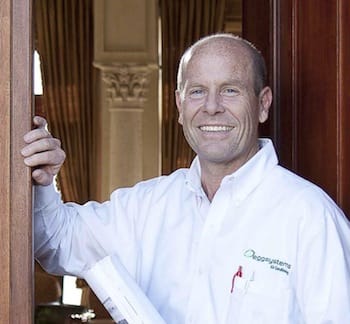It’s good to be in favor with a design professional; especially if you introduce them to a technology that gives them an edge in design. I found great success over the years and working closely with architectural and engineering firms and sharing information freely that can help him to improve building design.
It’s been a busy year or two in the geothermal industry. As an advocate and consultant for geothermal technologies, I have made it my goal to publish columns on the technology and professional magazines of all kinds. One of my favorites is Mechanical Hub. I very much enjoy the online presence, and the following of the fine people that read and write for Mechanical Hub.
I mentioned that I have been busy, and a lot of that centers around various governments and provinces placing geothermal programs into effect. We have placed thousands of hours of effort and research into these programs. There are some amazing takeaways that we’ve discovered from all of this. I’m sure you’ll agree as you read on that there is some merit to what we’ve learned.
While it’s certainly true that contractors have a lot of say in the type of system that goes into a building, this is limited, often times to singular design-build projects and those projects are often smaller and lower-profile projects. We have found that engaging design professionals can provide more lasting results.

By “we”, I mean primarily the folks in New York State; the New York Geothermal Energy Association (NY-GEO) and the New York State Energy Research and Development Authority (NYSERDA). They’ve had a remarkably successful run the last few years as they’ve engaged the government of New York State at many levels, created new positions at NYSERDA, and have instituted programs that are designed 
Before I share the challenge that was issued to these architects and design professionals, I would like to give a little bit of information on the structure of the presentation created. Most of the design professionals that have even heard of geothermal exchange think that there is only one way to do it. Most of them are familiar with the boreholes drilled into the ground that accept the insertion of a pair of pipes with a u-bend at the bottom of the hole. Of course, this is a vertical closed-loop geothermal system. And, to be fair, most of the systems installed are engineered in this fashion.
However, there are several different ways to design geothermal exchange. We have found that most designers don’t realize there are so many variables. Once the variables are shared, and the applications are illustrated over the course of a day, these design professionals tend to become very comfortable with these various types of geothermal exchange systems. Just as a refresher, there are five different types of major types of geothermal Exchange. They are:
- Vertical closed loop
- Horizontal closed loop,
- Standing column well (SCW)
- Class V thermal (Ground-Water) exchange,
- Surface water exchange (Lakes, ponds, rivers, etc.)

Out of these several different types of exchangers, there are practically limitless variations to explore. Part of the purpose of the presentations was not only to share the various ways to do geothermal but to illustrate some actual case studies and get the creative juices flowing with these design professionals. It was amazing to watch. The question asked at the end of each of these sessions was, “can you think of any reason that you would not offer geothermal exchange to a client the first time, every time?” The answer was overwhelmingly affirmative. The key is to have a full day of immersion in the technology to become comfortable with it.
How do you get a busy professional to sit down long enough to get a full day of their attention? The answer was to make it part of continuing education units (CEUs) for architects and engineers. This model was so successful that it’s been shared a dozen more times in the province of Ontario as they began to roll out their geothermal heating and cooling program. Now, it has been added as part of the educational curriculum for the international Ground Source Heat Pump Association (IGSHPA).
This latest edition to the IGSHPA website is amazing ; now architects, engineers, and design professionals from all areas of Industry can go online, learn a lot of useful information, similar to the programs shared in cities throughout New York and Ontario, and get continuing education units for their efforts.

So as to the title of this article, if you want to make a real friend in the industry, and increase the implementation of geothermal heat pumps, share the IGSHPA training with them, and tell them all about it. Maybe you don’t know an architect, engineer or designer personally, but you know of some major firms in your area. Schedule a lunch and learn with them for the price of a catered lunch. You can have a captive audience for an hour, and share a little bit about the merits of geothermal. I guarantee that you will gain some friends in the design industry in this way.

EggGeothermal is a voting member on the IGHSPA Advocacy Committee, the Uniform Mechanical Code Committee for the International Association of Plumbing and Mechanical Professionals (IAPMO). Jay Egg is a geothermal consultant, writer, and the owner of EggGeothermal. He has co-authored two textbooks on geothermal HVAC systems published by McGraw-Hill Professional.
He can be reached at jayegg.geo@gmail.com




Join the conversation: